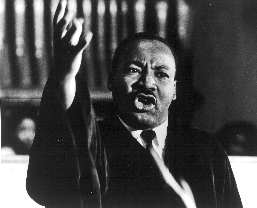|
|
Working for Pax 2100
un article par Phil Wetzel
As many of you may know, I have been privileged to work for PAX 2100 (www.pax2100.org) as its Executive Director for the past two and a half years. This work has opened my eyes to many of the most complicated and profound problems the world is facing. By striving to stay true to our founder’s (the late Walt Gray) mission & vision for PAX 2100, I have gained additional insight into some possible long term solutions for the problems we face (such as facilitating and participating in meaningful dialogues between the world’s eligions).
The vision and goal of PAX 2100 is the economic, political, and social wellness of all individuals, cultures, and nations in a global framework that assures each person: PEACE, Justice, the right of retaining cultural identity, fair access to the earth's resources, health care, education, the right and opportunity to work, freedom of speech, and religion, the right to move freely around the world and to participate in its governance.
This work has taken me to new places, conferences, and countless meetings with nonprofit representatives from around the world. One of the greatest pleasures for me in this work has been my involvement with the Interfaith Initiative of Santa Barbara County, the Goleta Presbyterian Church and now the Parliament for the World’s Religions (see related story).
Through the use of open dialogue and with open hearts and minds we strive to understand, accept, and learn from each other about the major religions and traditions that make up the framework of the world's spiritual movement. We have come to the consensus that the major religions have so much more in common than ways in which they differ. I am referring mostly to the common values shared between the various faith traditions, like the Golden Rule which when translated from the various spiritual text is almost identical (treat others in the way you wish to be treated--simply love one another). This has been beautifully summarized by a good friend of PAX 2100, Religious Studies Professor Nandini Ayer at the University of California Santa Barbara, as follows:
"He who loves, lives; he who loves himself lives in hell; he who loves another lives on earth; he who loves others lives in heaven; but he who silently adores the Self of all creatures, lives in that Self, and it is Eternal PEACE."
|








|
DISCUSSION
Question(s) liée(s) à cet article:
The anger of peacemakers against the wrongs in the world, How can it be put aside to find true inner peace?
* * * * *
Commentaire le plus récent:
There is another, radically different approach to the relation between anger and peace.
In my studies of great peace activists, I have found that they usually are motivated by their anger against injustice. It's like the righteous indignation of the Old Testament prophets or the reaction of Jesus to the money-changers. To quote Martin Luther King, Jr., "The supreme task is to organize and unite people so that their anger becomes a transforming force." For more on this, see the relevant chapter of my book Psychology for Peace Activists.
I fear that for some people the search for inner peace leads to escapism and avoidance of the great struggles for peace and justice, rather than providing a way to engage in them.
It is important, however, to learn how to be angry without resorting to violence. This is not easy, as Gandhi and King found, and it requires great discipline and training. Active nonviolence is a skill that must be learned.


|
|









